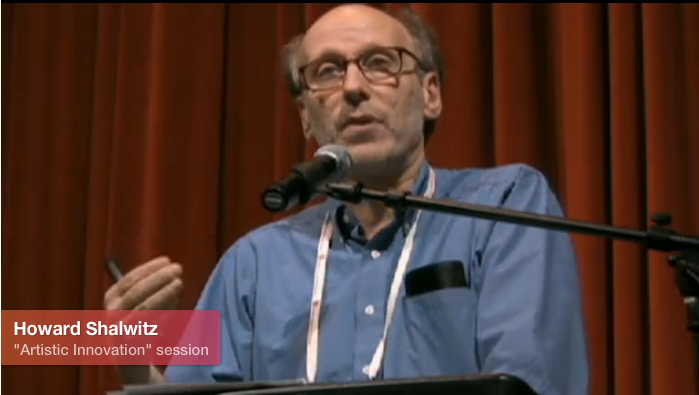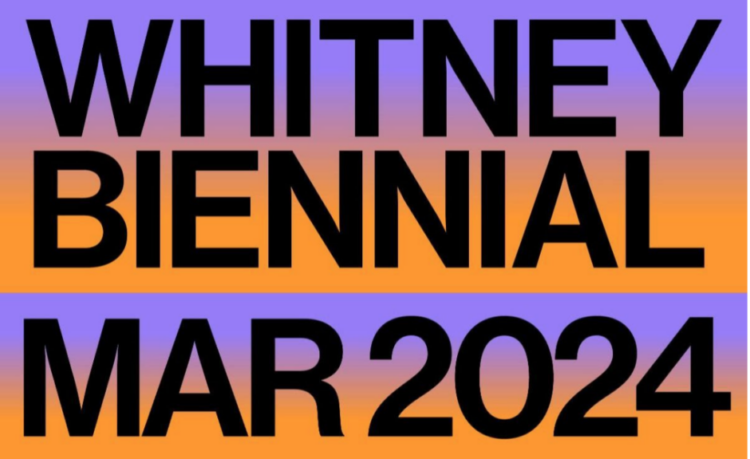MAP@TCG

The 2013 TCG Conference was held in Dallas, TX, June 6-8.
If I had to summarize the 2013 TCG conference, I would describe it as the collective expression of a desire to move from “yes or no” thinking to “yes and no” thought/action. From formal lectures to side conversations waiting in line at the food trucks, participants demonstrated a profound desire to move beyond binary thinking and competitive isolationism in a more collaborative effort to improve the overall health of the American Theater.
Formatted after an academic model, participants self-selected one of four “majors” (Financial Adaptation, Diversity and Inclusion, Artistic Innovation and Audience Engagement). Because of MAP’s funding priorities, I chose the Artistic Innovation arc with a minor in Diversity and Inclusion.
At the beginning of the conference, participants in my major began with a talk given by Howard Shalwitz (Artistic Director, Woolly Mammoth Theatre Company, and Artistic Innovation Arc Co-Curator) and Caridad Svitch (Playwright and Online Conference Curator) about how we conceive of artistic innovation as an enormous spectrum of “little i” changes and “big I” revolutions. “Little i” innovation often referred to more subtle shifts within an individual or an organization—mini experiments or disruptions of existing practices that pose fairly limited risk. “Big I” Innovations were defined as radical, high-risk changes that have affected the entire field. Examples cited were the emergence of the ensemble theater movement and the recent efforts to organize Latino/Chicano theater-makers across the country.

Howard Shalwitz presenting in the Artistic Innovation session. Click the photo to watch a video of the session.
Differentiating the macro and micro was useful to some extent. However, both speakers noted that the danger in this mental construct is that innovation is perceived to be a linear continuum from i->I, with field-wide Innovation being the most important or valued goal. Thus, we were asked to imagine innovation as a much more fluid web structure. Rather than write off small changes as having less significance (i.e. less worthy of resources) for the sake of privileging major overhauls, both ends of the continuum and all of its offshoots must bear equal weight for the growth of the individual and the field.
Throughout each day, smaller learning sessions with guest panelists were offered as a way to connect the conception of innovation with concrete practice. In one of my favorite meetings, “Edge Effect: How Diversity Fuels Creativity,” Dawn Chiang (Lighting Designer), Katie Christie Bereng (Founder & Artistic Director, Voices United), Daniel Alexander Jones (Performance Artist), Robert O’Hara (Playwright, Woolly Mammoth Theatre Company) and Byron Au Yong (Composer) explored the idea that bio-diversity is a catalyst for innovation. Each panelist discussed his or her own relationship to edge and the ways in which his or her work has emerged from cross-pollination of cultures/geographies/perspectives, etc. These artists embodied the principle of “yes and no” as they shared the creative ways that they have been able to turn rigid barriers into fluid and dynamic opportunities. It was extremely inspiring to listen to examples of perseverance, intentionality and fearless choice-making.
Similarly, each thematic arc featured smaller, special topics discussions, or “homerooms,” that involved the most active dialogue. My homeroom (go Group C!) was also moderated by Howard Shalwitz. In this setting, he encouraged participants to share individual challenges that prevented innovation. Peers were asked to listen actively and then provide suggestions and resources as appropriate. Blocks to innovation included personal fears, existing organizational structures, traditional theater roles/models of production and limited or non-existent resources. Although very real and very challenging situations, it became apparent through peer exchange that there were an infinite number of ways to actually move from “yes or no” thinking to innovative action. The deceptively simple act of sharing and listening was the most dynamic way to underscore the conference’s meta-theme: to move internal monologue to collaborative problem solving.
So, what are my takeaways as a MAP Fund Program Associate? Having returned to the office, I want to focus on the maker/funder divide, as well as artist access to funding opportunities. I noticed that theater-makers were more comfortable challenging each other to innovate and to ask tough questions about existing structures, but those same challenges were not necessary leveled at funders. Or if they were, it was meekly—as if a theater-maker asking a funder to consider new ways of thinking about his or her work was taboo. Shouldn’t we be treated as a co-equal stakeholder in the ecosystem, one that is not exempt from the same kind of rigorous self-analysis necessary to better support the bio-diversity of the field?
Furthermore, acknowledging that we cannot fund every project, what are the “small i” innovations that could be tested to offer as many artists as possible an equal opportunity to the possibility of funding? From the inspiring interview with Ayad Akhtar (Actor, Writer) and the impassioned speech given by Kinan Valdez (Producing Artistic Director, El Teatro Campesino), to the learning sessions and radical one-on-one conversations with Dawn Chiang, John Flax (Producing Artistic Director, Theater Grottesco), and Mara Isaacs (Producing Director, McCarter Theatre/Octopus Theatricals), I feel charged to persevere in asking more questions alongside theater-makers, testing solutions together and becoming a more collaborative listener.
You can stream more sessions from the 2013 TCG Conference on their website.
